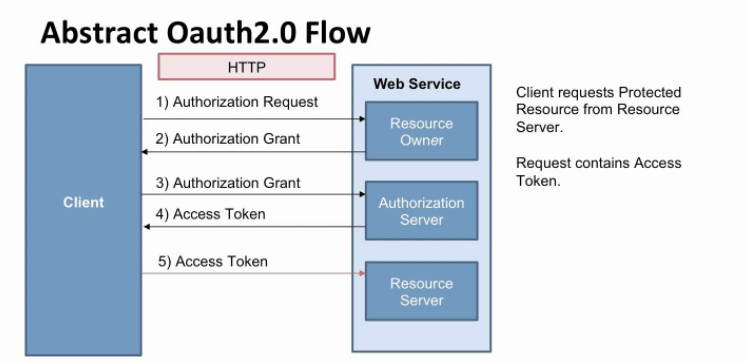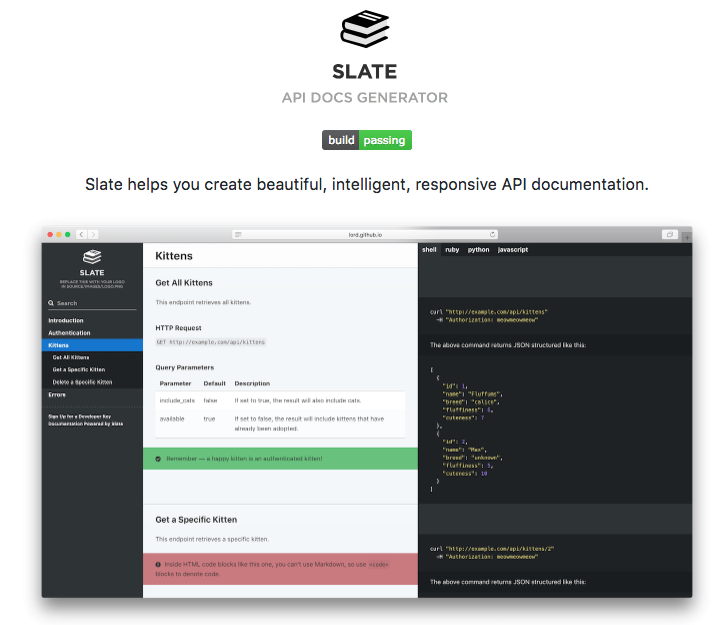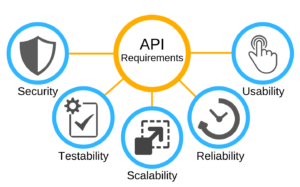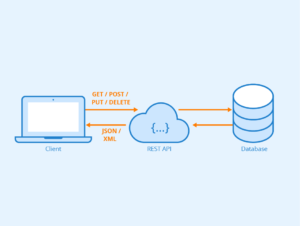How to deploy a RESTful API?
Hey guys… so this is the third and the conclusive part on RESTful APIs…
In this final blog, I will tell you everything that is left about RESTful API and especially about ways of deploying the REStful API.
Fellas, let’s begin!
Now comes the time to introduce your RESTful API to the server where hosting is located.
If you can, then you might host your own server. But you can also use a tool for cloud hosting.
You just have to make sure it’s robust and that it works well.
It is important that you find a way to secure your RESTful API framework with automatic backups, encryption and monitoring.
One of the most safe ways you can protect your RESTful API is the OAuth2.0 server.

This is much more reliable than trying to write your own authentication method. Using existing methods like OAuth2.0.
Make sure that all the passwords and other confidential data are not stored in plain text and are not simpler.
Try and always encrypt this information. The cost charges on your use is another thing to consider when implementing your RESTful API.
When the usage goes up, how much can it increase?
Look at the deployment features such as creation , production and staging that will theoretically allow you to set up different environments.
You can also ask yourself whether data can be easily migrated to another platform or service. Using the right tools can make the implementation of your RESTful API far simpler.
Tools to help in your RESTful API–
While you are building a RESTful API for your mobile application, proper tools will help make your life much easier.
But if this method is new to you, you may not know the first place to start searching for those tools.
Here are a few choices for getting you moving in the right direction.
Slate
I like Slate, because the design is so simple

Github can be used as the host for this application. All is written in Markdown with Slate so it is very easy for developers to understand and edit.
It lets you write code in multiple languages. Plus, everything is on the same page.
To use Slate you’ll need:
- Ruby (version 2.3.1 or newer)
- OS X or Linux
- Bundler
This tool is one of the first places you should start for creating a RESTful API.
Apiary
The Apiary blueprint is open sourced.
Of all the tools available for your RESTful API, Apiary mainly focuses on the design components.
Before you start using Apiary you need to ensure you have a plain text editor. They suggest moving the syntax to Markdown, for a more enhanced experience.
Swagger
Swagger also has tools which are open source.
It helps you to build a stable workflow RESTful API, meaning you’ll benefit from automatic updates.
Their wide libraries have plug-in templates for servers in all the most common coding languages.
CONCLUSION
After you have finished creating a mobile application you will have to find out how your app can connect to the server.
The solution lies in introducing a RESTful API.
APIs are of various forms. You may use an existing format, or internally create one. These APIs come in various formats too.
During this process protection must always be a priority. Always make sure your data is kept secure and encrypted.
RESTful APIs can help make your mobile application more stable, compact, easier to use and more accessible.
Finding the right resources will help you get a RESTful API deployed.
Also, you can refer to other articles as well from this website, for more related queries.
So guys, this was all about APIs. I hope I have solved most of your queries. But still, if you have some other doubts, please feel free to connect with us.
Write down to us at our feedback section or mail us.
Till then take care.
Reference : buildfire.com



